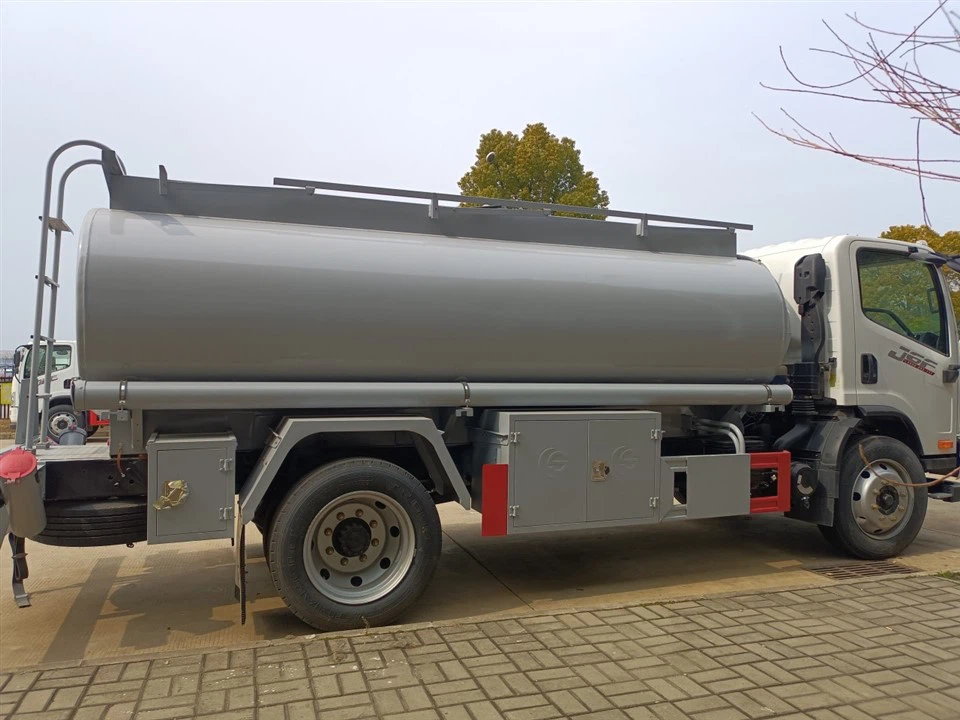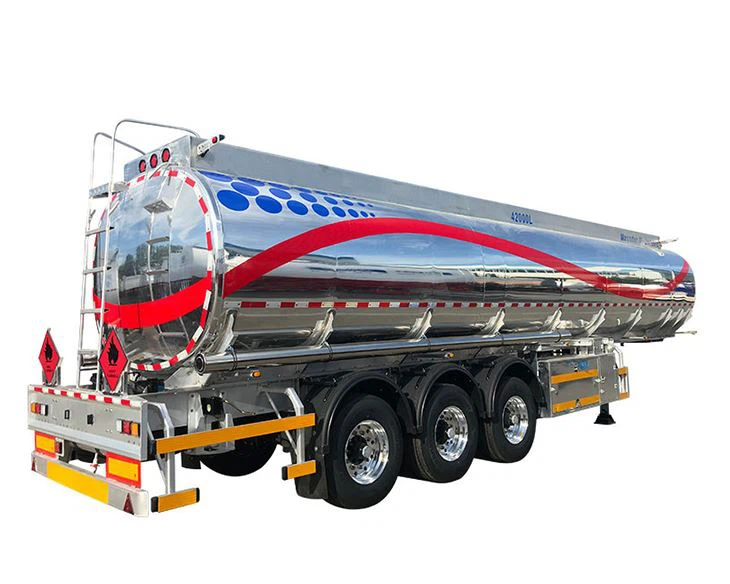CNC Racing: Revolutionizing Performance and Efficiency

Introduction to CNC Racing
CNC racing, or Computer Numerical Control racing, encapsulates the use of advanced machining technologies in the fabrication, customization, and enhancement of race vehicles. It merges precision engineering with the adrenaline-charged world of motorsports, leading to better performance, lightweight components, and enhanced aerodynamics. As the automotive industry evolves, so does the role of CNC technology, paving the way for innovations that can dramatically influence both amateur and professional racing.
Understanding CNC Technology
What is CNC?
Computer Numerical Control (CNC) refers to the automated control of machining tools such as drills, lathes, mills, and 3D printers, utilizing a computer program. It allows for incredibly precise control over the tools, which in turn leads to intricate and complex designs that are not possible with manual machining.

How Does CNC Work?
CNC machines use a computer-aided design (CAD) file that is converted into a numerical control (NC) code. This code instructs the machinery on how to move, what speed to operate at, and how deep to cut, all in real time. This process allows for the creation of parts with extreme accuracy and repeatability, essential in racing applications.
Benefits of CNC Racing Components
1. Precision Engineering
One of the greatest advantages of using CNC technology in racing is the high level of precision. This precision leads to parts that fit better, work more efficiently, and are generally more reliable under the stresses of racing.
2. Weight Reduction
CNC machining allows for the creation of lightweight components without compromising strength. Reducing weight is crucial in racing, as less weight means better acceleration, handling, and fuel efficiency.
3. Customization
CNC technology enables bespoke production of parts tailored to individual race requirements. Unlike mass-produced components, CNC parts can be designed to meet specific performance needs, offering teams a competitive edge.
4. Enhanced Durability
Parts made using CNC technology often exhibit increased durability, as they can utilize stronger materials and more efficient manufacturing methods, leading to longer-lasting components that can withstand racing conditions.
Key CNC Components in Racing
CNC-Machined Engine Parts
Engine components such as pistons, valves, and connecting rods can be fabricated using CNC machines to ensure optimal performance and durability.
Some examples include:
- Custom aluminum pistons that provide weight reduction and improved thermal properties.
- Precision valves designed to maximize airflow and improve combustion efficiency.
- Connecting rods that are lighter and stronger, able to handle higher RPMs.
Aerodynamic Enhancements
CNC machining is also used to create custom aero parts such as spoilers, splitters, and diffusers. These components can optimize airflow around the vehicle, improving downforce and reducing drag.
Example: Custom Spoilers

By designing a spoiler tailored to the specific vehicle and racing conditions, teams can significantly improve their grip on the racetrack.
Choosing the Right CNC Machines for Racing Applications
Types of CNC Machines
| Type of CNC Machine | Applications in Racing |
|---|---|
| CNC Mills | Used for complex cutting and drilling of aluminum and composites. |
| CNC Lathes | Used for turning round parts like shafts and wheels. |
| CNC Routers | Used for cutting aerodynamic shapes from larger sheets of materials. |
| 3D Printers | Used for rapid prototyping of parts and components. |
Factors to Consider When Selecting CNC Equipment
When choosing CNC machines for racing applications, racers and teams should consider:
- The materials they will primarily be working with.
- The complexity of the parts they wish to produce.
- The required precision and tolerances.
- The production volume they anticipate.
Practical Tips for Implementing CNC in Racing
1. Invest in Training
Ensure that team members are trained on the use of CNC machines to maximize efficiency and reduce errors in production.
2. Collaborate with Specialists
Building relationships with CNC machining experts can provide invaluable insights into optimizing your designs and processes.
3. Regular Maintenance
To keep CNC machines functioning efficiently, establish a regular maintenance schedule to address wear and tear.
The Future of CNC Racing
Emerging Technologies
The future of CNC racing looks promising with the emergence of technologies such as:
- Hybrid Manufacturing: Combining additive and subtractive processes for more complex parts.
- Advanced Materials: Utilizing lightweight composites and titanium alloys for greater strength and performance.
- Artificial Intelligence: Implementing AI to optimize machining processes and predictive maintenance.
Impact on Electric Racing
With the rise of electric vehicles in racing, CNC technology will play a crucial role in the customization and manufacturing of lightweight, high-performance components that can provide an edge on the racetrack.
FAQs about CNC Racing
1. What types of materials can be CNC machined for racing components?
CNC machining can work with a variety of materials, including aluminum, titanium, carbon fiber, and different plastics, depending on the specific application.
2. How can CNC technology improve my race team’s performance?
By allowing for the precise fabrication of lightweight and custom components, CNC technology can enhance performance aspects like speed, handling, and durability.
3. Is CNC machining expensive?
While the initial investment in CNC machines can be high, the long-term cost savings from increased efficiency and performance improvements often outweigh the upfront expenses.
4. How complicated is it to learn CNC programming?
Learning CNC programming can initially be challenging; however, with dedicated training and practice, it becomes manageable for most users.
5. Can I CNC machine parts in-house?

Yes, many teams invest in CNC machines to create parts in-house, allowing for full control over the design and manufacturing processes.
6. What are the safety precautions for using CNC machines?
Safety precautions include using proper personal protective equipment, following all operating guidelines, and ensuring that only trained personnel operate the machines.
